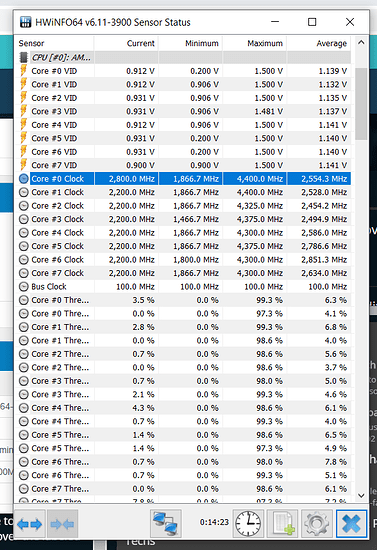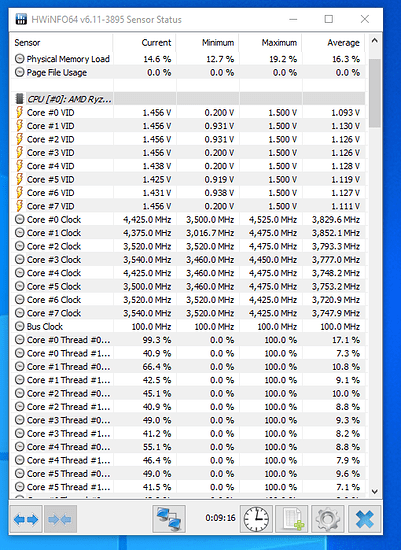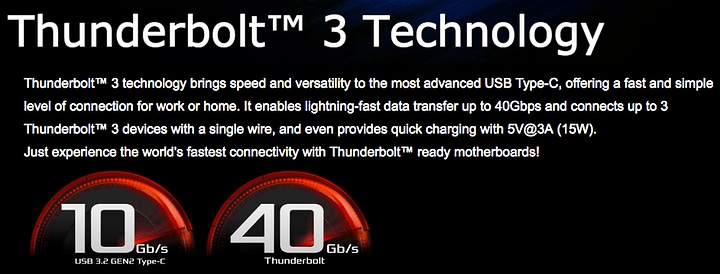The perfect settings on recent ASRock bioses are pretty easy – you can tell their HW/Engineering department has put a lot of work into making sure the defaults are sane.
I am happy to report only a few minor changes are needed. I love the UEFI feature where you can save the settings to a USB stick, so here are the settings for a USB stick.
Note that for CPUs like the 3700x there is no “extra” XFR – 4400mhz is the top end of the non-OC boost (3800x and 3900x owners enjoy a higher boost of +50mhz over the labeled max boost speed – which is currently pretty fleeting anyway).
Geekbench Result:
https://browser.geekbench.com/v4/cpu/14542456
https://browser.geekbench.com/v4/cpu/14542707
Changed Settings:
*Enabled XMP (3600 – GSKill TridentZ Neo memory kit)
CPU Load Level Calibration 5
SOC Load Level Calibration 4
I found that SOC LLC of 4 (default of 3) helped me boost higher more regularly. This may not be a good idea with faster memory, and is probably a good idea with slower memory. Not all 3600mhz memory kits will be stable at LLC 4 for the SOC, so keep that in mind.
This was the same for the x570 Creator, where I also observed max boosts of 4525 (!) mhz on the 1.0.0.3 ABB agesa.
There is a pending update from AMD coming after September 10 which is supposed to improve things a bit more.
4400 observed.zip (944 Bytes)
x570 Creator + 3800x @ 4525 (!)


 sweet! i’m thinking about building a dual boot hackintosh in a Lian Li NAS case that can take TB2/3 drives & transcode 4-6K footage, just need to make sure I got all the other parts (dongle, hub) correctly to be sure on the prices
sweet! i’m thinking about building a dual boot hackintosh in a Lian Li NAS case that can take TB2/3 drives & transcode 4-6K footage, just need to make sure I got all the other parts (dongle, hub) correctly to be sure on the prices


